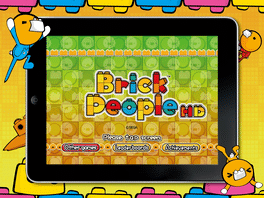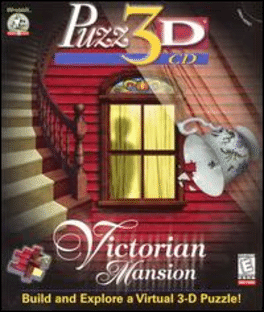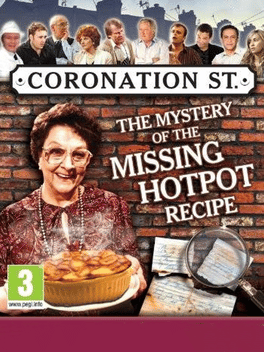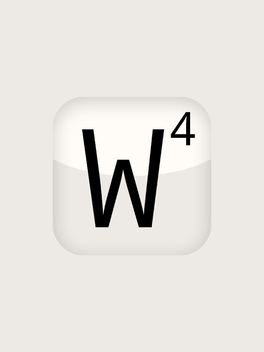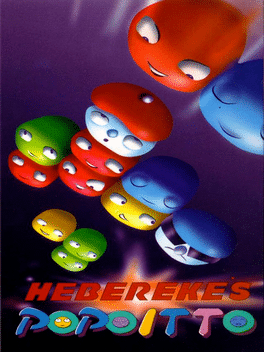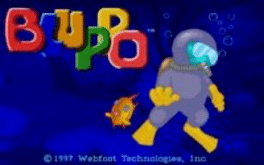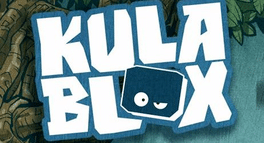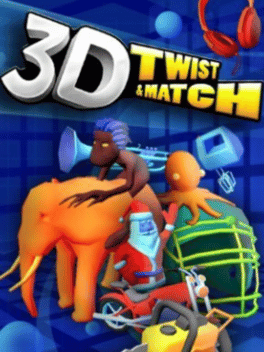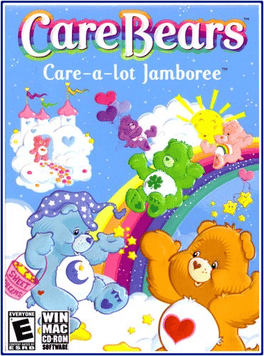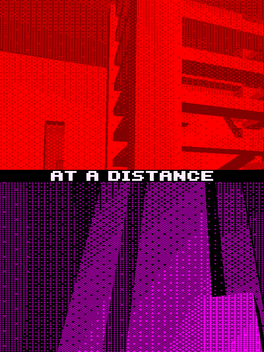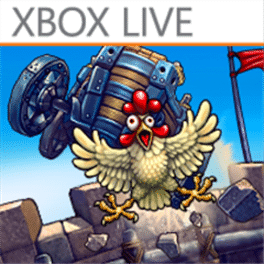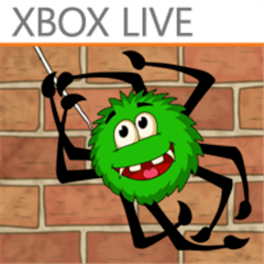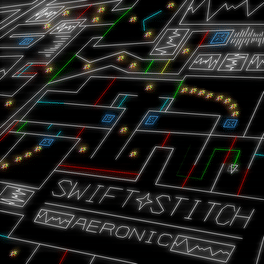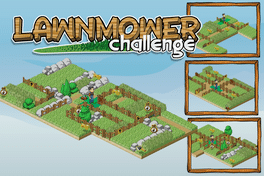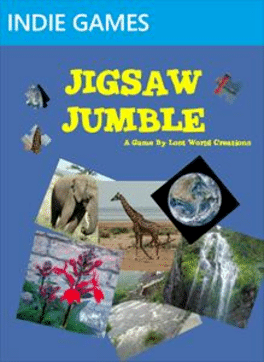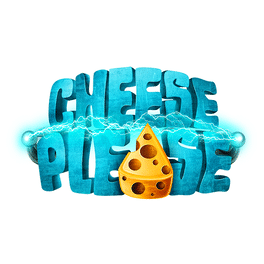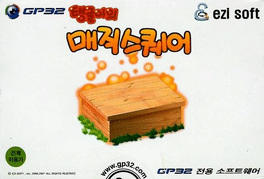Most Popular Ps3 Games - Page 363
-
Brick People
Based on a game found in arcades in Japan where you stack bricks infront of a videoscreen. Now brought to iPad, iPhone and iPod Touch by SEGA. -
Puzz 3D: Victorian Mansion
You put together various pieces to create a 3D Victorian Mansion. Once the puzzle is complete, solve a murder mystery inside the mansion -
Coronation Street: The Mystery Of The Missing Hotpot Recipe
2011
Betty decides that she should get rid of her secret hot pot recipe so it doesn't get into the wrong hands. Just as she is about to throw away the ripped up pieces of paper a gust of wind blows them away! -
Hello Kitty to Issho: Block Crash V
2012
Block Crash V is a PlayStation Vita Sanrio Wave Hello Kitty/Sanrio game, featuring Japanese idols. -
Wordfeud
2011
Wordfeud
2011
Wordfeud is a multiplayer puzzle game where you can challenge friends and random opponents and play in up to 30 separate games simultaneously! Create and place words on the 15 by 15 tile board and earn points for creativity and placing letters on the high scoring Double Letter, Double Word, Triple Letter and Triple Word tiles. -
Chou Gals! Kotobuki Ran 2
2001
Chou Gals! Kotobuki Ran 2 is a Japanese only game for the Game Boy Color. -
Hebereke's Popoitto
1995
Hebereke's Popoitto
1995
Hebereke's Popoitto is a Tetris variant. The goal in each level is to remove the blocks already on the playfield, representing characters from the franchise. Other blocks fall down from the top of the screen and have to be steered to the right place before touching the ground or another block. When four or more of the same blocks are together, they vanish. The catch of this variant is that the blocks which have to be removed move over the playfield. The player takes the role of the penguin Hebereke who wants to win a tournament against his friends. -
Kula Blox
2011
Kula Blox
2011
A casual action game made by TransGaming Technologies. As a free-falling concept, you pick a variety of predators to play as and attempt to eat all smaller prey. Avoid obstacles using power-ups you either pick up or buy at the store. As you eat more prey, you become larger in size; allowing you to eat bigger prey. Your goal is to gain as many points possible in a single level and become the biggest predator. -
3D Twist & Match
2011
-
Care Bears: Care-a-lot Jamboree
2003
Care Bears: Care-a-lot Jamboree is an educational game. Includes 10 Care Bears and 8 games. -
At a Distance
2011
At a Distance
2011
A game by Terry Cavanagh, which is played by two people using two computers next to each other. -
WordJong Arcade
2011
-
Battlewagon
2011
-
Spider Jack
2011
-
Lawnmower Challenge
Lawnmower Challenge is an isometric, lock-and-key puzzle game developed on Unity3D for the iOS and Android marketplaces. The game was selected for Penny-Arcade's PAX Boston Indie Showcase 2012.
